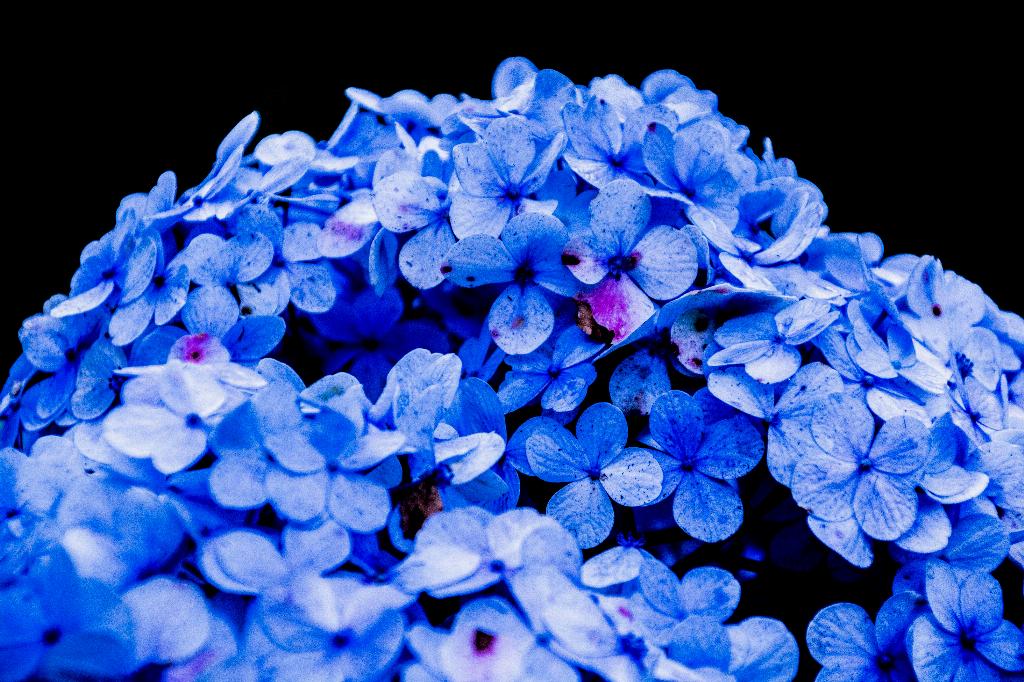If you’ve ever dreamt of having a beautiful hydrangea plant in your garden, you’re in luck! Propagating a hydrangea plant is easier than you might think, and with the right steps, you can kickstart the growth of your very own hydrangea in no time.
Choosing the Right Time
The first step in starting a hydrangea plant is to ensure that you propagate it at the right time of the year. Timing is key, as this will greatly influence the success of your plant. It is recommended to propagate your hydrangea plant in the spring or early summer when the plant is entering a period of active growth.
Preparing the Cutting
To start your hydrangea plant, you’ll need to cut off a small branch from an established hydrangea plant. Select a healthy branch that is around 5-6 inches long, with a few sets of leaves still intact. Trim the leaves slightly to reduce transpiration and encourage root growth.
Enhancing Rooting with Hormones
For an extra boost in root development, consider dipping the cut end of the hydrangea branch in rooting hormone before planting. Rooting hormone contains growth-promoting substances that encourage the cutting to develop roots more quickly and efficiently.
Planting the Cutting
Plant the prepared hydrangea cutting in a seed-starting potting mix. Make a small hole in the soil using a pencil or stick, then carefully insert the cutting into the hole, ensuring that the leaves are above the soil line. Gently pat the soil around the cutting to secure it in place.
Providing Adequate Care
Once planted, it is essential to keep your hydrangea cutting well-hydrated. Water the cutting regularly, ensuring that the soil remains moist but not waterlogged. Place the cutting in a location with indirect sunlight to promote healthy growth.
Monitoring Progress
Keep a close eye on your hydrangea cutting for signs of sprouting. New growth emerging from the cutting is a positive indicator that the plant is establishing roots and preparing for future growth. Patience is key during this stage, as it may take several weeks for roots to form.
Transplanting Your Hydrangea
Once your hydrangea cutting has developed a healthy root system, it is time to transplant it into a larger container or directly into your garden soil. Choose a location with well-draining soil and adequate sunlight to support the growth of your newly established hydrangea plant.
Maintaining Your Hydrangea Plant
After transplanting, continue to care for your hydrangea plant by providing regular watering, fertilization, and pruning as needed. With proper care and attention, your hydrangea plant will thrive and reward you with beautiful blooms season after season.
Conclusion
Starting a hydrangea plant from a cutting is a rewarding and fulfilling experience that allows you to witness the growth and development of a new plant from its early stages. By following the steps outlined above and providing the necessary care, you can successfully start a hydrangea plant and enjoy its beauty in your garden.

